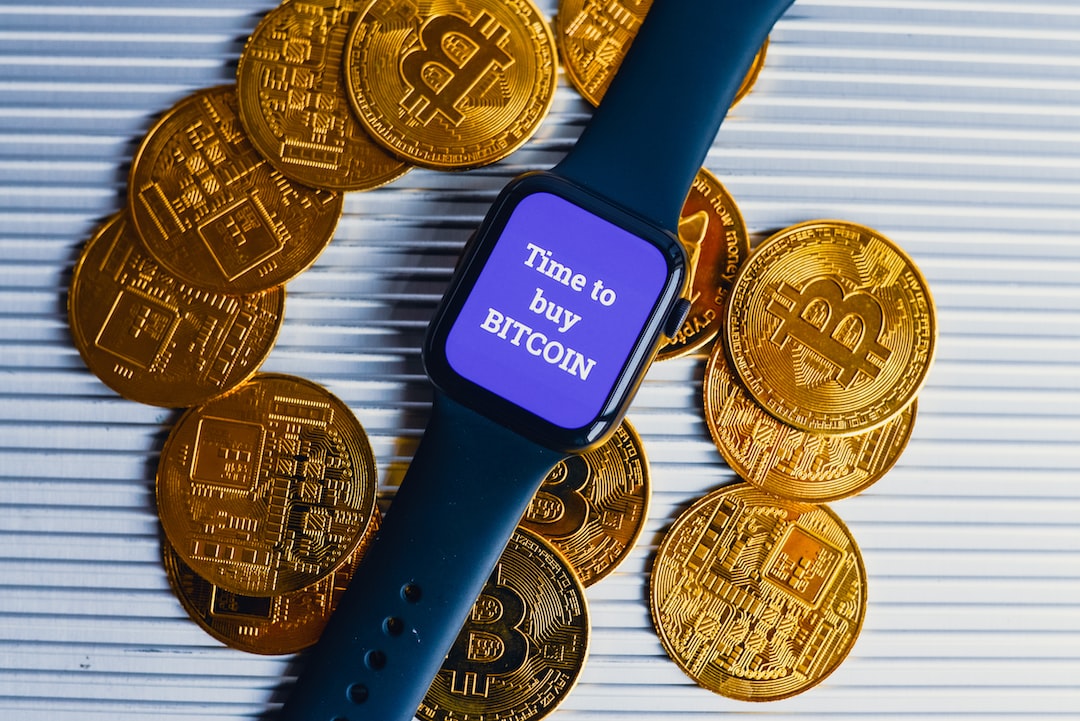Sharding vs. Rollups: Solving Ethereum’s Scalability Problem
Ethereum’s scalability issues were initially expected to be resolved through sharding, a process that involves parallel processing and distributing data among nodes. However, rollups are emerging as a potential alternative to sharding.
Introducing Danksharding and Rollups
Danksharding is a new system that will provide additional space on the Ethereum blockchain for rollups. Rollups process off-chain transactions and only enter compressed transaction data onto the blockchain. Danksharding allows rollups to send less data to the blockchain, making it more cost-effective.
EIP-4844 Proposal for Shard Blob Transactions
The proposed EIP-4844 aims to introduce a new format for transactions containing blobs of data that cannot be accessed through EVM execution. This format will be compatible with both sharding and danksharding.
The Problem of Scalability
Ethereum faces two scalability challenges: transaction speed and transaction costs. While some use cases require faster transactions than Ethereum currently offers, the high gas fees pose a significant obstacle for microtransactions. Rollups provide an off-chain solution that reduces costs by publishing only the necessary information on the blockchain.
The Future Goal of Ethereum
To overcome scalability limits, Ethereum aims to increase the number of recordable transactions without significantly increasing blockchain data volume. With proto-danksharding alone, Ethereum could potentially handle 100,000 transactions per second. Currently, Ethereum records about 11.5 transactions per second on-chain.
Hot Take: The Role of Rollups in Ethereum’s Scalability Journey
Rollups offer the fastest path to increasing transaction capacity on the Ethereum network. While achieving the long-term goal of 100,000 TpS remains a challenge, rollups provide an effective means to ramp up transaction speed and pave the way for future scalability improvements.





 By
By
 By
By
 By
By
 By
By
 By
By